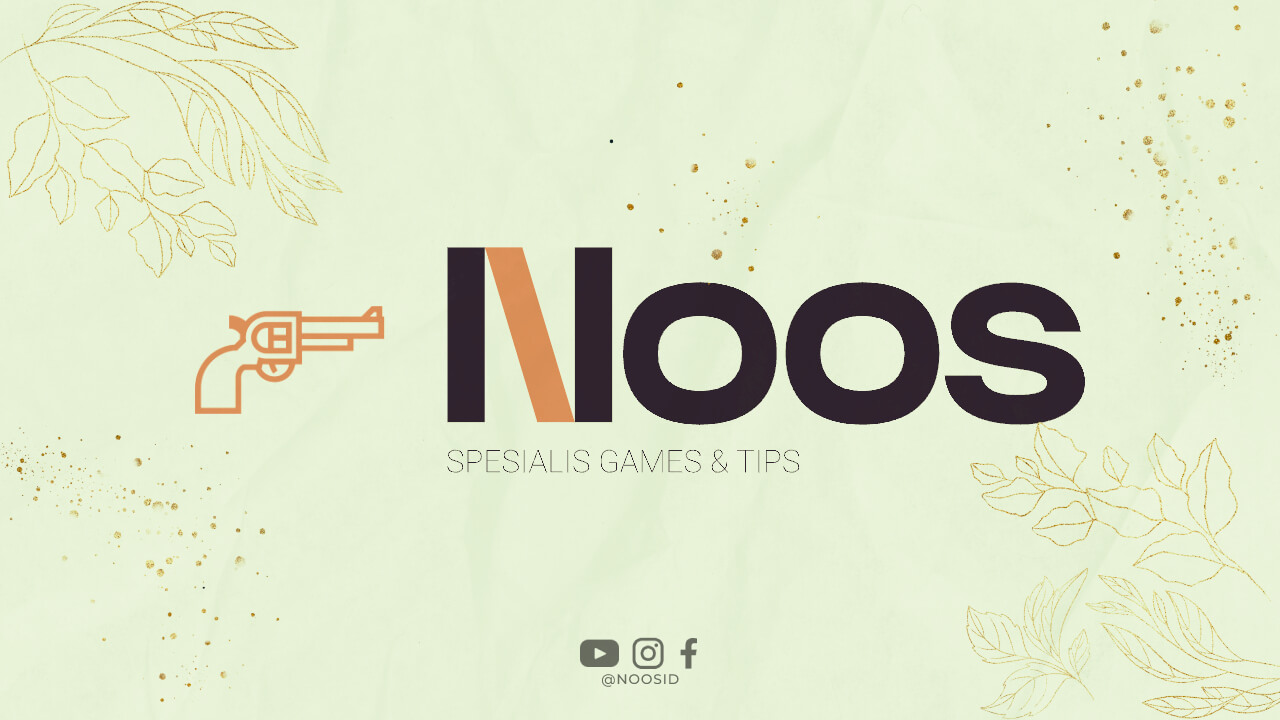Introduction
In the highly competitive world of ecommerce, businesses are constantly striving to attract new customers while also retaining existing ones. Customer acquisition and retention strategies play a crucial role in the success of an ecommerce business. While both strategies are important, it is vital to understand the differences and benefits of each.
Customer Acquisition
Customer acquisition refers to the process of attracting new customers to your ecommerce store. It involves various marketing tactics and efforts aimed at increasing brand awareness, driving traffic, and converting visitors into customers.
One common customer acquisition strategy is search engine optimization (SEO). By optimizing your website for relevant keywords and providing valuable content, you can attract potential customers who are actively searching for products or services. It is important to conduct keyword research to identify the long-tail keywords that have high search volume and low competition.
Pay-per-click (PPC) advertising is another effective acquisition strategy. With PPC, you bid on keywords and pay for each click on your ads. This method allows you to reach a wider audience and drive targeted traffic to your website. It is crucial to carefully select keywords, create compelling ad copy, and optimize landing pages to maximize conversion rates.
Social media marketing is also a powerful customer acquisition strategy. By leveraging popular social media platforms, you can engage with potential customers, build brand awareness, and drive traffic to your ecommerce store. It is important to identify the platforms that your target audience frequents and create compelling and shareable content.
Influencer collaborations are becoming increasingly popular for customer acquisition. By partnering with influencers who have a significant following and influence over your target audience, you can tap into their reach and credibility to promote your products or services. It is important to find influencers whose values align with your brand and to establish mutually beneficial partnerships.
Email marketing campaigns can also be effective for customer acquisition. By building an email list and sending targeted and personalized emails to potential customers, you can nurture leads and encourage them to make their first purchase. It is important to segment your email list based on demographics, purchase behavior, and engagement levels to deliver relevant content.
Customer Retention
Customer retention focuses on nurturing and building long-term relationships with existing customers. It involves strategies aimed at increasing customer loyalty, repeat purchases, and reducing churn rate.
Exceptional customer service is a key strategy for customer retention. By providing quick and personalized responses to customer inquiries and addressing concerns in a timely manner, you can significantly improve customer satisfaction and loyalty. It is important to train your customer service team to effectively handle customer inquiries and to implement systems for tracking and resolving customer issues.
Personalization is another critical aspect of customer retention. By analyzing customer data and behavior, you can tailor product recommendations, offers, and communication to individual preferences. This makes customers feel valued and encourages them to continue shopping with your ecommerce store. It is important to leverage customer data and utilize personalization tools to deliver a seamless and personalized shopping experience.
Loyalty programs and rewards are powerful retention tools. By offering exclusive discounts, points, or freebies to loyal customers, you create a sense of appreciation and incentivize repeat purchases. It is important to design loyalty programs that align with your brand and customer preferences and to regularly communicate program benefits to your customers.
Regularly engaging with your customers through email newsletters, social media, and other channels is crucial for customer retention. By providing valuable content, updates on new products or promotions, and personalized recommendations, you can keep your brand top-of-mind and encourage repeat purchases. It is important to segment your customer base and tailor your communications based on their preferences and behaviors.
Another effective strategy for customer retention is post-purchase follow-up. By reaching out to customers after their purchase to thank them and gather feedback, you show that you value their business and are committed to their satisfaction. It is important to automate follow-up emails and personalize them based on the customer’s purchase history and preferences.
The Importance of Balancing Both Strategies
While customer acquisition is crucial for the growth of an ecommerce business, customer retention should not be neglected. Acquiring new customers can be more expensive and time-consuming compared to retaining existing ones. Additionally, repeat customers tend to spend more than new customers, contributing to the overall revenue and profitability of your business.
By focusing on both strategies, you can create a sustainable and profitable business model. Acquiring new customers helps expand your customer base and increase brand awareness, while retaining existing customers increases customer lifetime value and fosters brand loyalty. It is important to allocate resources and develop strategies for both customer acquisition and retention to ensure the long-term success of your ecommerce business.
Furthermore, customer acquisition and retention are not mutually exclusive. They can complement each other and create a positive cycle of growth. Acquiring new customers through effective marketing strategies can also lead to increased customer referrals and word-of-mouth recommendations, which in turn can contribute to customer retention. Similarly, retaining existing customers can lead to positive online reviews and testimonials, which can attract new customers and generate further sales.
Conclusion
In the world of ecommerce, customer retention and acquisition strategies go hand in hand. While customer acquisition helps attract new customers and expand your reach, customer retention focuses on nurturing existing relationships and maximizing customer lifetime value. By striking a balance between both strategies, ecommerce businesses can thrive and achieve long-term success. It is important to continuously analyze and optimize your customer acquisition and retention efforts based on data and customer feedback to stay ahead in the competitive ecommerce landscape.

